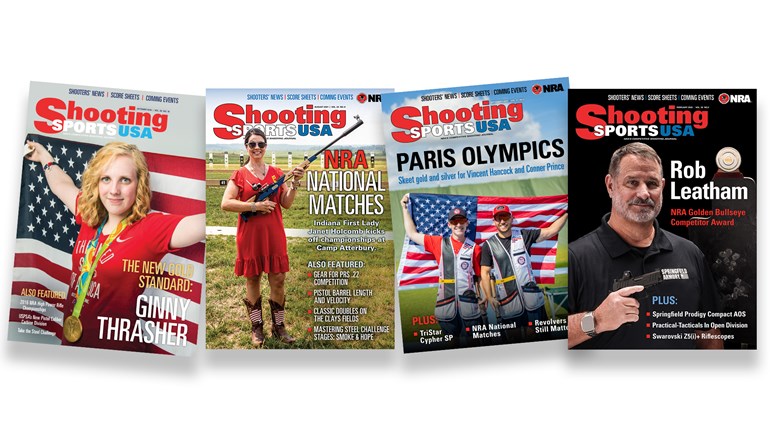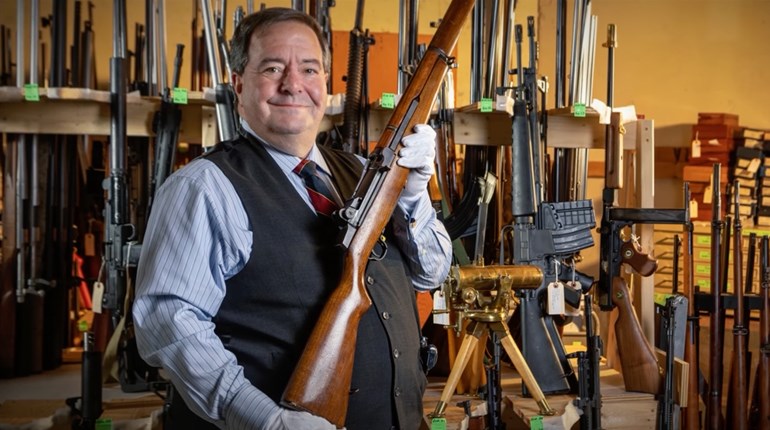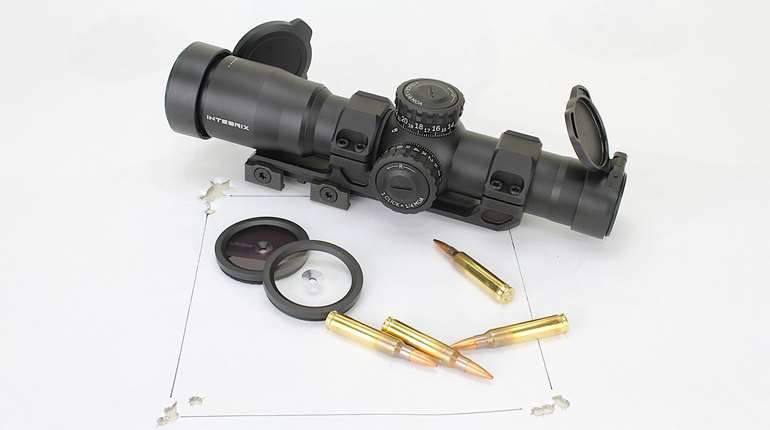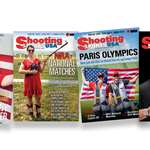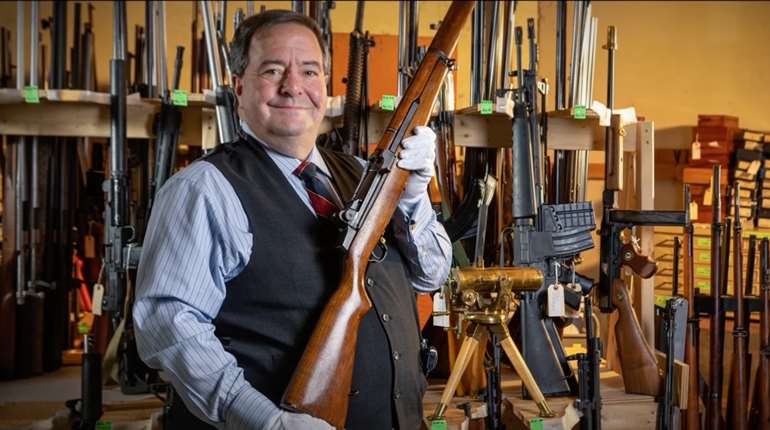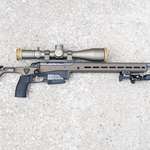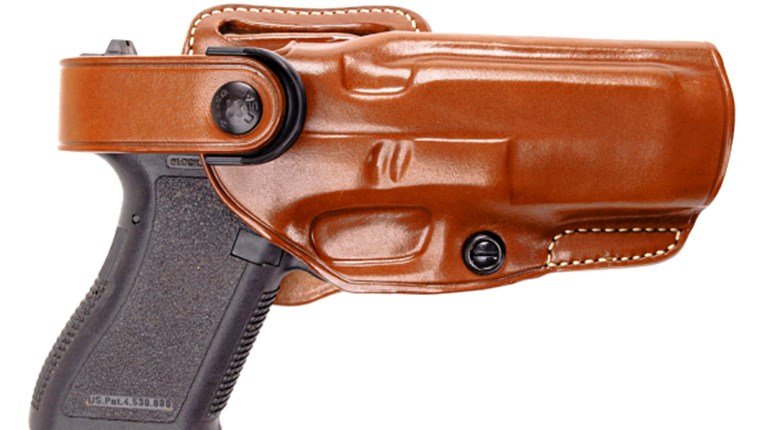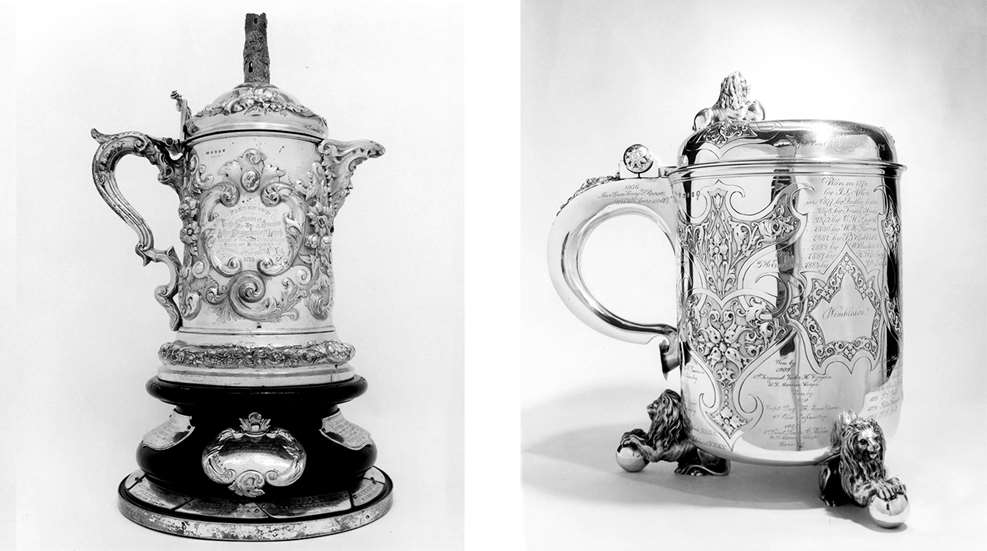
The pieces of wood, stone and precious metal that are the accolades awarded to today’s best shooters are more than just instant recognition of achievement. They are the link of the American shooter’s present to his or her patriotic past.
As you read this legacy of the NRA ranges, their founders, and the long list of cups, bowls and plaques, realize that the history of competitive shooting is undeniably a significant part of the foundation of this country. Our history is etched in these awards as clearly as the engravings themselves, where the highest pinnacles of sportsmanship and the soul of the American patriot reside. They represent the places where our competitive roots grew―New York, New Jersey, Great Britain, Australia―now ironically inheritors of some of the strictest gun control today. Between the two sides lies the knowledge to keep us armed for competition and freedom in the future.
The Beginnings
Marksmanship was not the crowning glory of the American serviceman’s skills in the Civil War. Spit, polish and drills were more the order of the day. Mass firepower in wartime was the “method-du-jour” around the world. It wasn’t until the French were overrun by the individual shooting skills of the German troops during the Prussian War that American military leaders recognized the need for better marksmanship skills among their own enlisted ranks.
A prominent journalist in the late 1800s, Col. William Church had witnessed had witnessed first-hand the military training procedures of European powers as a traveling correspondent. Returning to the U.S. to serve at the outbreak of the Civil War, Church was wounded at Fair Oaks, in Virginia. Accepting and then later resigning a commission as Captain of Volunteers, Church returned to his journalistic roots and founded the United States Army and Navy Journal and Gazette of the Regular Volunteer, the foremost military journal of the day. He had recognized the travesty of poor shooting ability among U.S. soldiers and printed many an expository on the subject in his paper. He was further spurned on in the postwar era, as soldiers continued to serve out entire terms in their National Guard units without ever firing a rifle. At the time, the U.S. Army didn’t even allocate ammunition for practice.
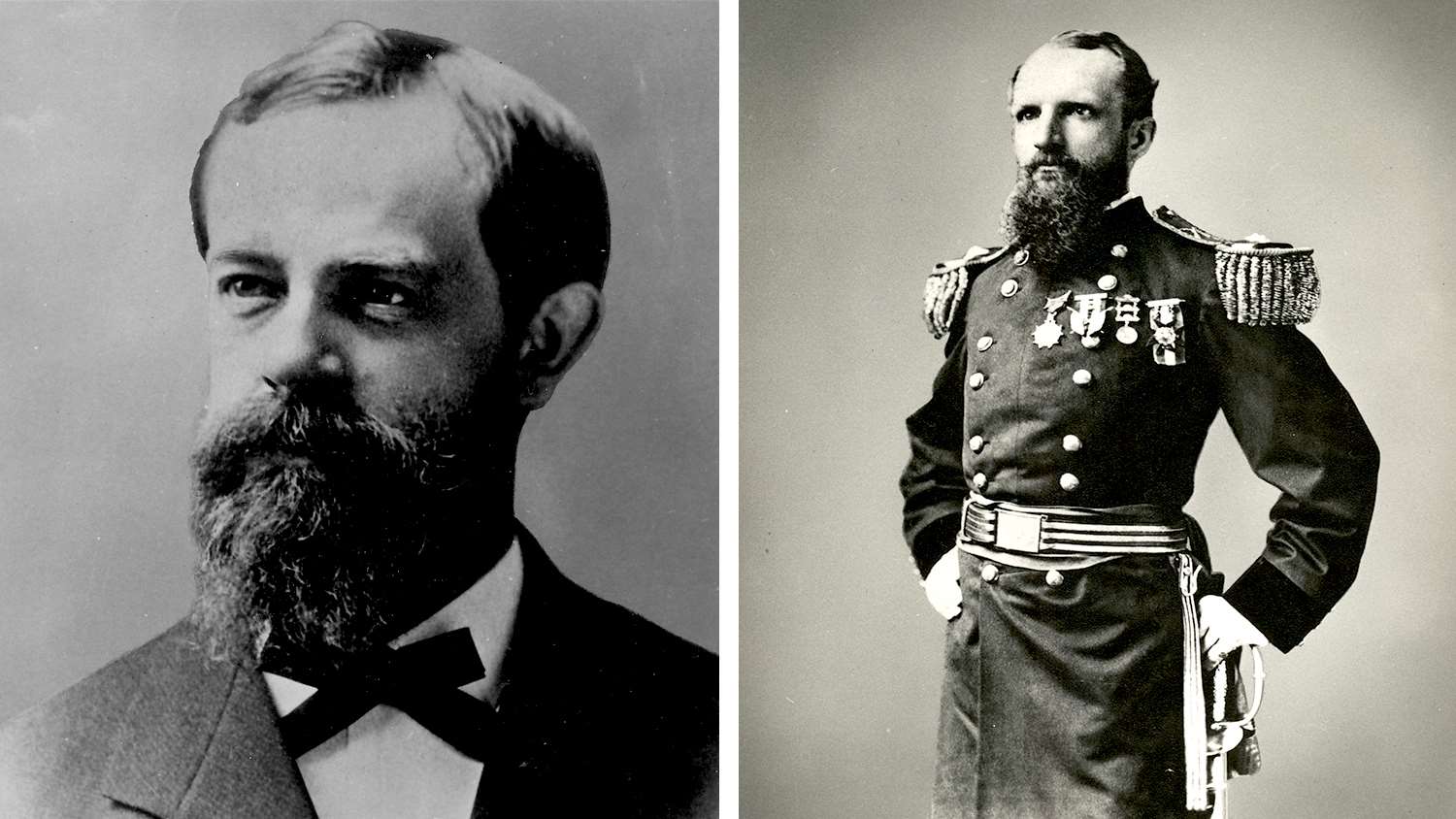
Church soon combined his talents with those of Army Capt. George Wingate, fresh from the war and equally appalled by the shooting skills of the soldiers he had seen in battle. With the concept of improving marksmanship skills in the military, the backbone of a still young America, Church and Wingate proceeded to found and bring to the public forefront the National Rifle Association of America. With the election of the first Board of Directors swiftly following the establishment of bylaws by Church, Wingate and the new organization’s committee members, the board’s first action to the initial meeting in 1872 was to proclaim “An Act to Establish a Rifle Range and Promote Skill in Marksmanship.” Creedmoor Range came into useful existence less than a year and a half after this decree with the special inaugural match, held in June of 1873.
The First Trophies
Many of the awards presented in the first NRA matches, held in October of that same year, were cash or firearms. Some of these firearms were heavily embellished works of art. In the very first match, a member of the 22nd New York Regiment, who had practiced zealously in anticipation of the much touted event, took home a Winchester Model 1866, gold-mounted with an original value of $100. This same regiment also won the team prize of $50 and walked away with seven of the 12 individual prizes―big winnings for the times.
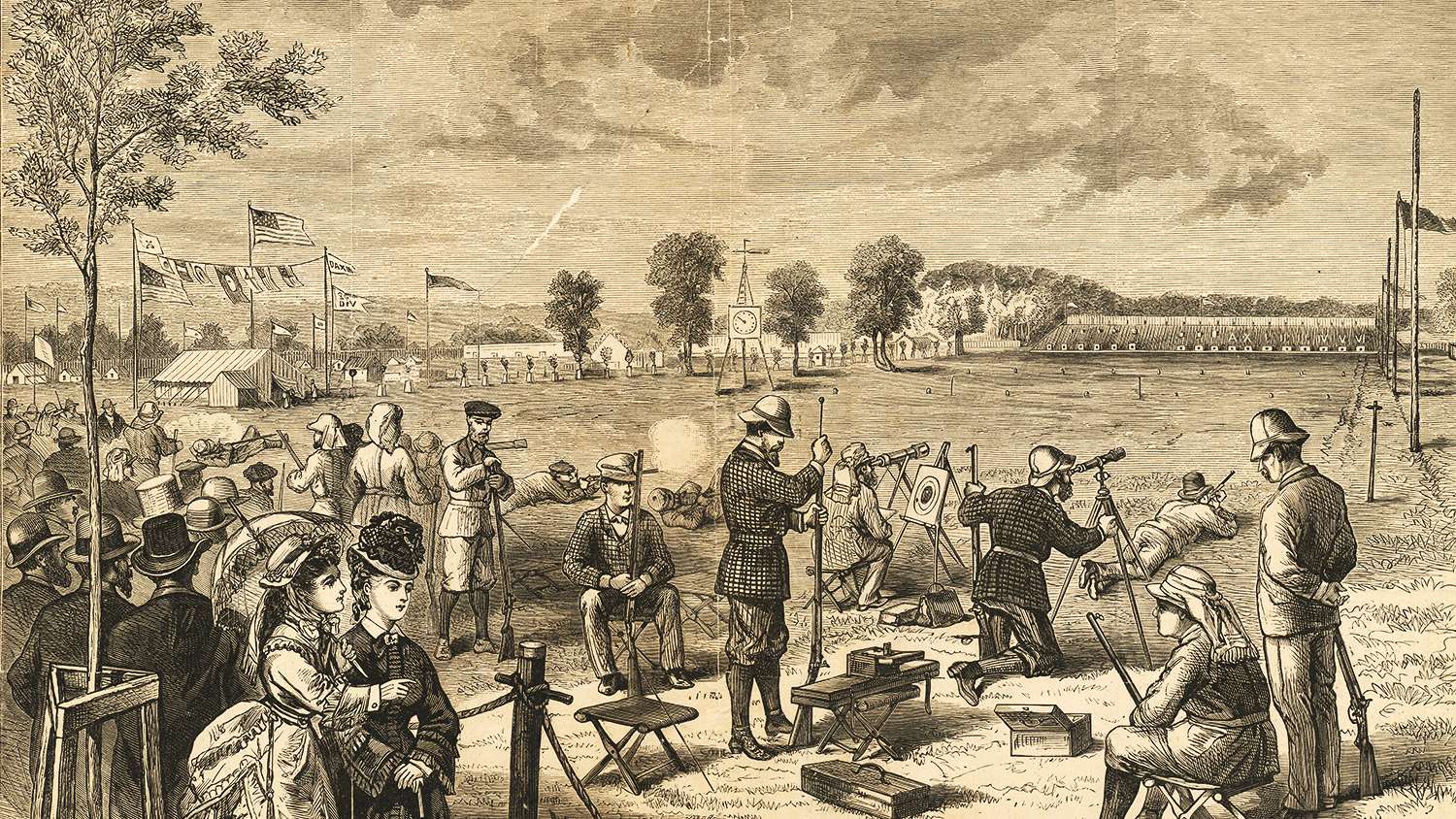
The Regimental Trophy was one of the first true trophy cups to be presented at NRA competitions. A tall, bucket-style, handled trophy on a large square base, the cup was topped with the figures of a lookout scout, and rifleman in the kneeling position sighting down his gun. The cup was presented by none other than Church to the high aggregate team of 12 competing in the fifth match of the day, the Army and Navy Journal Match, where each team member fired seven shots from any position at 500 yards. Under the rules of donation by NRA, the cup would become the property of any military unit whose rifle team won it three times.
The two most important matches of the first matches were the seventh and eighth events. The seventh match was the “State Match,” where 12-man teams, representing different units competed for the title of the New York State National Guard. An ornate and quite tall, serving dish-type cup with two kneeling shooters at its base was the prestigious award for the winners. The prize for the individual high score was nothing meager, either: that marksman earned a gold and silver mounted rifle donated by E. Remington & Sons.
The eighth match, or “Gatling Match,” was again open to teams of 12, but the prize here was the most valuable offered in the tournament: a Gatling gun. The Gatling came complete with its own carriage and had a value of $3,000.
Following the success of the National Matches, Creedmoor was opened for actual practice use and scores for regimental shooters of the day showed marked improvement. Attention from other shooting enthusiasts soon came to light as the urge to compete in marksmanship contests caught on. Organizations such as the owners of the popular magazine, Turf, Field and Farm, sponsored matches and donated a “Challenge Badge” to NRA to be shot for once a month by members. The badge showed the classic American eagle supporting a small plaque on the tips of its up-turned wings in which the words “Challenge Badge” were inscribed. From the eagle’s talons hung a pair of crossed muskets and a sculpted wreath in the center with a target placard that read “Turf, Field & Farm” above the bullseye and simply “Creedmoor” below it. Shooters contending for this badge were mostly fond of long range challenges and almost all belonged to the Amateur Rifle Club. This was the first club to be affiliated with NRA, consisting entirely of NRA members, and was the impetus for the first departure from purely military shooting. Soon, other states and clubs were clamoring for affiliation with NRA. The general appeal of the shooting sports to people outside the military had caught the glowing coals of competition afire.
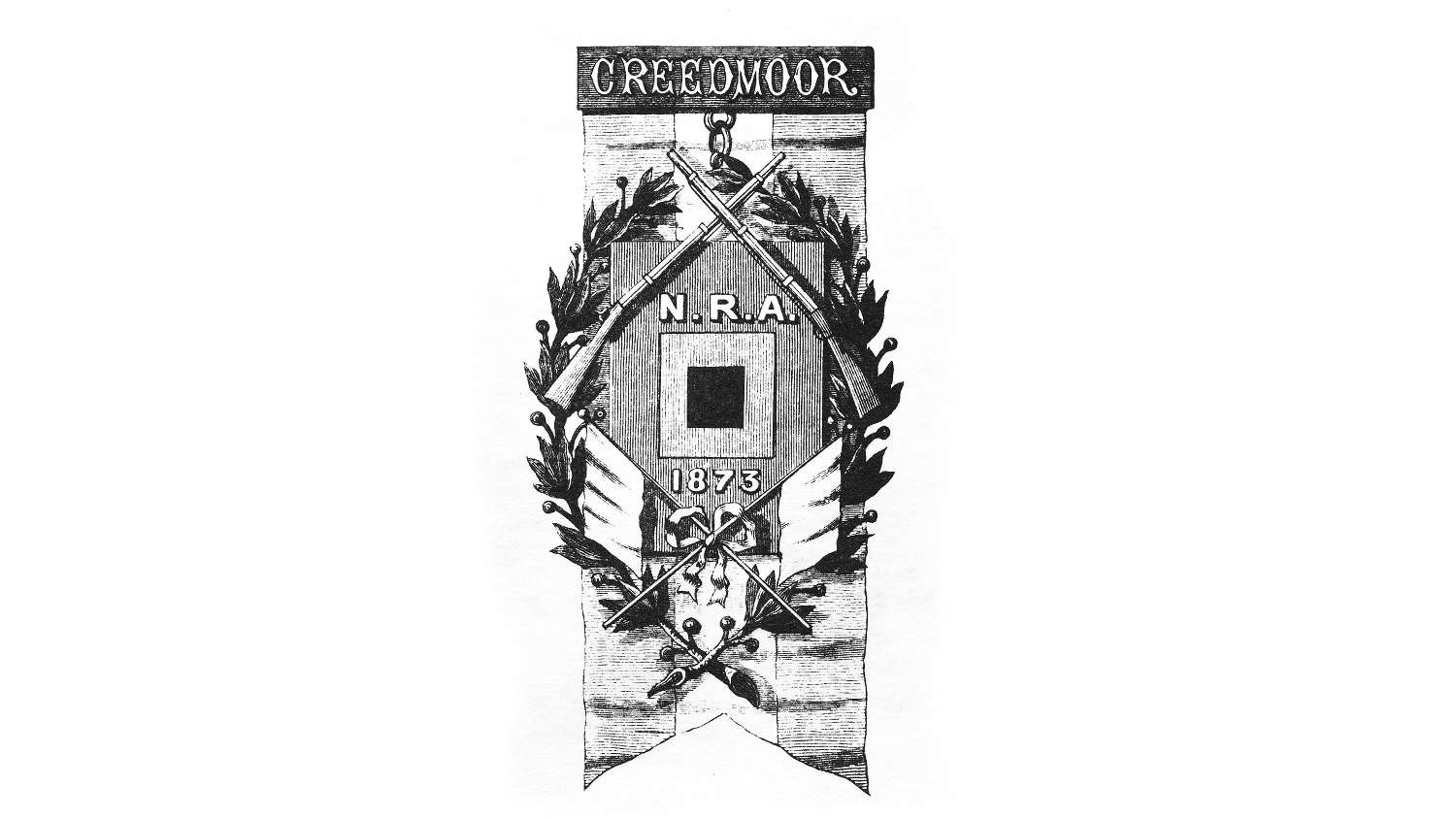
At the same time, international trials soon entered into the picture. English and Scottish teams had competed for their venerable Elcho Shield since 1862―enforcing some of the earliest subversive gun-control tactics known. The British had excluded the Irish from the challenge, not wanting to encourage shooting skills with the perceived “rebel” faction of their kingdom. The Irish were not allowed to compete for the Shield until 1865 after much lobbying from Capt. Arthur Leech, and they did not win the Shield until 1873. Upon finally winning the Elcho Shield, and feeling there was no further decent competition to be had on their side of the ocean, the Irish issued a challenge to American shooters, taking out an advertisement in the New York Herald, then the most widely read circular in the world. The Amateur Rifle Association accepted the challenge, but NRA ignored it, feeling slighted because the invitation wasn’t issued to them―the Irish weren’t even aware of NRA’s existence at the time. But, as a national fervor broke out over the impending match, NRA threw in its support in the interest of American honor, and in 1874 a team was sent to meet the Irish in New York.
The Leech Cup came into existence at this highly publicized meeting of the American and Irish shooting teams, the first of many prestigious international competitions that would involve American shooters. Camaraderie ruled the days before the actual shoot-off at Creedmoor, with competitors from both sides of the Atlantic calling out to each other by their first names and practicing together, congratulations abounding on all sides. Breaking for lunch after the first stage on match day, Leech, now holding the rank of Major and captaining the Irish team, toasted his American hosts and presented the Amateur Rifle Club of New York with an elaborately adorned, lidded tankard. This masterpiece of Irish silversmithing was presented to NRA by the New York club in 1901, and today is the oldest trophy offered in overall NRA competitive target shooting, specifically in long range high power rifle matches.
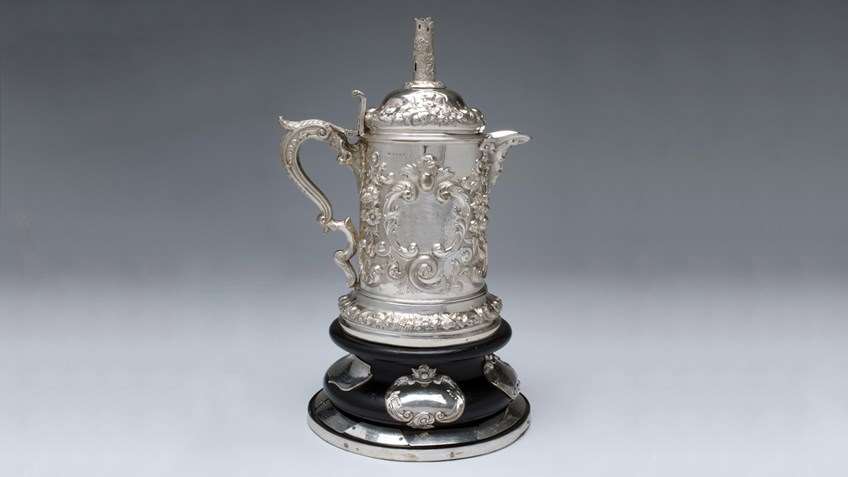
At the end of that fateful day, the barely trailing Americans placed their faith in the final shot of team member Col. John Bodine. Despite having his shooting hand severely cut by an exploding bottle of warm ginger beer just minutes before, Bodine took his place on the line. With blood dripping from his handkerchief-wrapped palm, he squeezed of his final shot and the marker went up over the bullseye. The Americans had won the big day by three points and Bodine became the first winner of the Leech Cup.
The worldwide publicity that surrounded this first international match, and the high level of sportsmanship exemplified there, prompted the inevitable return event. The Americans again beat the Irish the following year, this time at the Dollymount range in Ireland. Ripe with two straight victories, the Americans, while still in the British Isles, wanted the colloquial “shot” at the coveted Elcho Shield under whose rules the American/Irish tournaments had been fired. The NRA of Great Britain, however, stuck to the original provinces of the Shield that stated only teams from Britain and Scotland were eligible―Ireland competed under a special dispensation―and denied entrance to the U.S. team. To salve hurt feelings and maintain friendly competitive relations, the British presented the Americans with a large, engraved, lion-footed tankard trophy to be awarded each year to the champion U.S. long-distance rifleman. Hereby, the Americans competed among themselves and took home the venerable Wimbledon Trophy.
At this point, a global interest in organized shooting competition had taken firm hold within the American shooting community. With the advent of the young nation’s 1876 centennial birthday, NRA created the National Centennial Commission to enhance its image. Promoting a huge international match with the adoption of the new circular targets the British had used the previous year, NRA, raising $1,500 from popular membership, commissioned Tiffany’s of New York to make the next in a long series of renowned trophies. Originally called the Grand Centennial Trophy to commemorate the nation’s birthday, the trophy was a full size replica of a Roman Legion flag bearer standard, cast of bronze and inlaid with gold and silver. On the cast standard banner read the words, “In the name of the United States of America to the Riflemen of the World.” Perched above the banner was an eagle, posed about to take flight with a wreath of palm leaves clutched in its talons. A plaque centered beneath the wreath was inscribed with the Latin word, “PALMA,” used by the Romans to signify victory. By 1878, the original Grand Centennial name had been dropped and the Palma Trophy became the official name of the award given to the best competitors in international rifle competition.
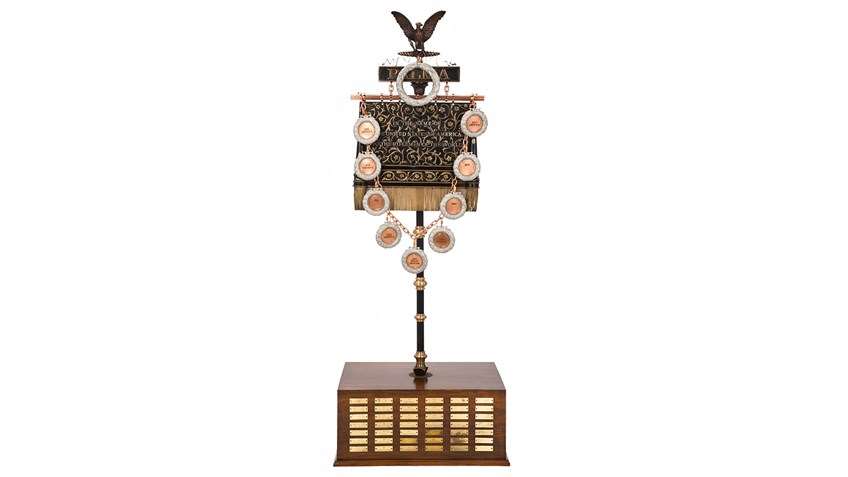
The history of the Palma Trophy is as long as its original appellation, and a checkered past surrounds its intermittent use through the years. The first match in which teams from Scotland, Ireland, Canada and Australia competed against the U.S. saw the Americans superior. In 1877 they again won, so soundly beating their challengers that not a single foreign team was sent to compete for it in 1878. Organizational difficulties discouraged international teams, and worldwide economic distress over the next 20 years forced the trophy into early retirement. The Palma didn’t see sponsorship in an international event again until 1901.
Grim Days for NRA
By the late 1870s, American shooters had improved their shooting finesse beyond their military origins, both in firearms technology and form. Church, unhappy with the departure from military exercise matches and the progressive fondness for long range shooting, continued to promote standard military-style matches like the Soldier’s Match, introduced as a regular event a Creedmoor in 1877. While his view of a strictly military, discipline-oriented NRA was considered stodgy by most shooters at the time, Church had other, more valid concerns about NRA’s future that he continued to expound on in the Army and Navy Journal. Foremost among his views were those regarding the top-heaviness of the New York-based Creedmoor shooters and NRA controlling membership. While the slow travel of late 19th century horse and buggy did in some ways rationalize both NRA and Creedmoor calling New York their home to the exclusion of much outside interaction, this view of top-heaviness was otherwise quite true. Church knew there were other marksmen out there, and following those insights, NRA began its quest to broaden its goals with input from NRA affiliates and military interests outside of New York.
Editor’s note: This is the first in a multi-part series. Read Part 2.













